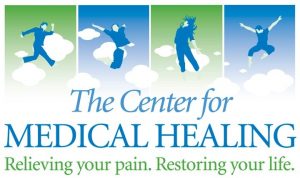Vitamin D deficiency is prevalent in adults of all ages who always wear sun protection (which blocks vitamin D production) or limit their outdoor activities. An estimate 50 percent of the general population is at risk of vitamin D deficiency and insufficiency, and this percentage rises in higher-risk populations such as the elderly and those with darker skin.. Signs/risk factors include age over 50, having darker skin, obesity, achy bones, feeling blue, head sweating, and gut trouble. Research shows that increasing levels of vitamin D3 among the general population could prevent chronic diseases that claim nearly one million lives throughout the world each year. Optimizing your vitamin D levels may help you prevent cancer, heart disease, autoimmune diseases, infections, mental health conditions, and more. 25-hydroxy-vitamin D Levels <50ng/ml is considered deficient, 50-70ng/ml is optimal, 70-100ng/ml when treating cancer/heart disease ,>100ng/ml excessive. Have your vitamin D serum level tested every six months. The test is called 25(OH)D, also called 25-hydroxyvitamin D. You should test at your highest point, which (if you live in the US) is typically in August and again at your lowest point, which is usually February. We can help guide you with various different types of supplementations when necessary.
620 Essex Street, 3rd floor, Harrison, NJ 07029
197 Cedar Lane Teaneck, NJ 07666
161 Madison Avenue, Suite 10E, New York, NY 10016
